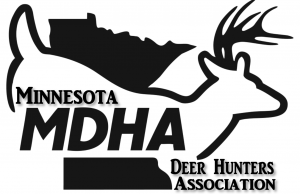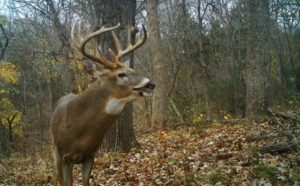Exploring Coldwater Spring Park in the Twin Cities is more than a one-day affair. In fact, turns out it’s going to be at least a three-day opportunity for me as it covers a lot of ground, and that’s okay. The park itself was officially added to the Mississippi National River and Recreation Area back in January of 2010.

The goal of adding it to the recreation area was to get it restored to an oak/savannah prairie complex. They removed 12 old buildings that were on the property, something this urban explorer wasn’t happy about. They did leave several foundations of those old buildings lying around the property, which was interesting to look at.
During the renovation process, which ran from 2011 to 2012 (officially – the work still continues today), officials seeded 12 acres of prairie and one acre of wetlands. More than 1,000 trees, shrubs, grasses, and wildflowers were planted on the property.
This area served as an important crossroads for Native Americans and traders, who used both the Mississippi River and Minnesota Rivers for commerce and travel. During the construction of Fort Snelling, soldiers camped out at Coldwater Spring, making it the first American settlement in Minnesota. The fort was completed in 1825 and the soldiers took up residence there. The area around the spring continued to be busy, attracting traders, Native Americans, and a small village sprang up there to service trade at the site.

The spring provided water for the soldiers at the fort up until `920, when the Army turned to the City of St. Paul to supply water to the Fort.
The property was last home to the Bureau of Mines: Twin Cities Research Center. If that doesn’t ring a bell, there’s a reason for that. The buildings for the old center were constructed during the 1950s and 60s. The place developed significant mining safety equipment, mining technologies, and mineral extraction processes that were used around the world. The labs also analyzed the composition of some of the moon rocks brought to Earth by the Apollo Moonshot Missions.

Federal funding for the Bureau of Mines was shut down in 1996. By the next year, those buildings were vacant and falling into disrepair. You know those buildings, the kind that urban explorers like to get into? I was so bummed. The buildings were demolished back in 2011, so no exploring.
There’s a lot to things to see when exploring Coldwater Spring Park. As I mentioned, there are a LOT of trails for scenic hiking there. You’ll see a lot of birds, with the occasional deer or wild turkeys thrown in for good measure. You might even see the occasional coyote darting across the path but don’t worry; they’re more afraid of you than you might be of them.

The other interesting thing is how they’ve incorporated some technology into the outdoors. You’ll have a chance to hear about the extensive history of the park while you’re seeing it, thanks to Ranger on Call, a mobile tour that’s available on your cell phone. You’ll find signs down there with instructions on how to get hooked up to it.
Here’s the link to the Facebook picture album. Enjoy!
https://www.facebook.com/chad.smith.75685/media_set?set=a.3055664214493994&type=3&uploaded=19


